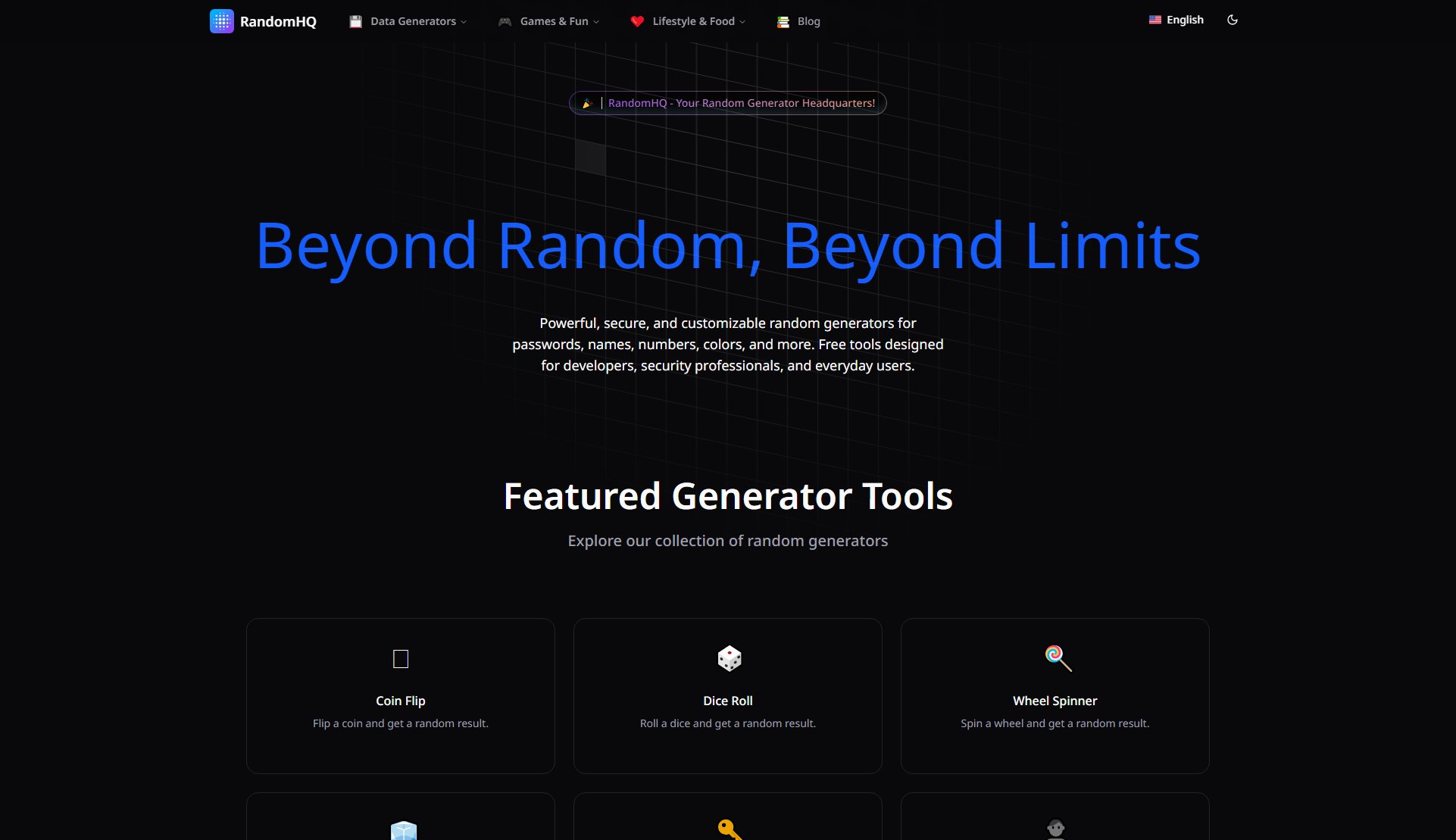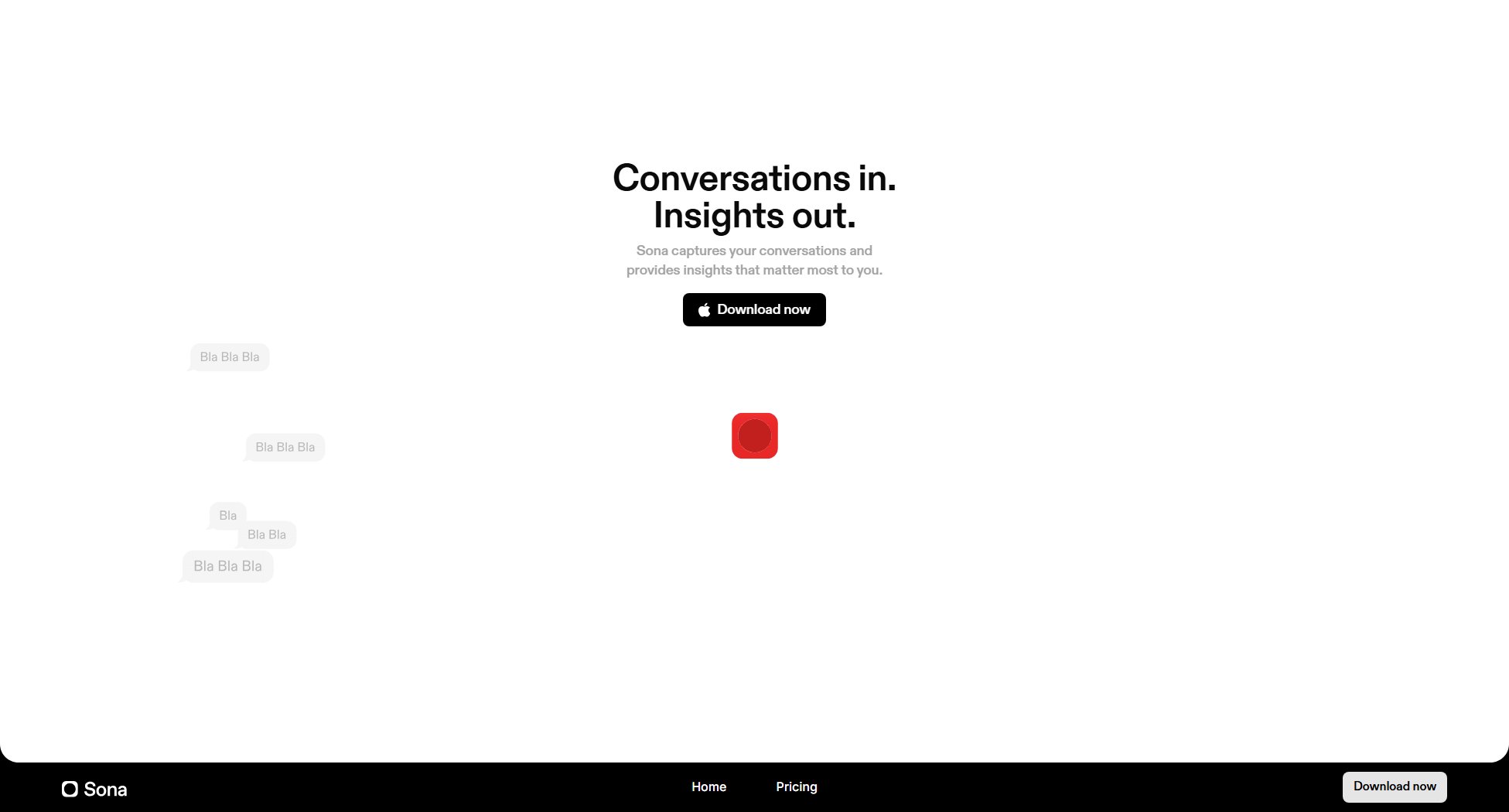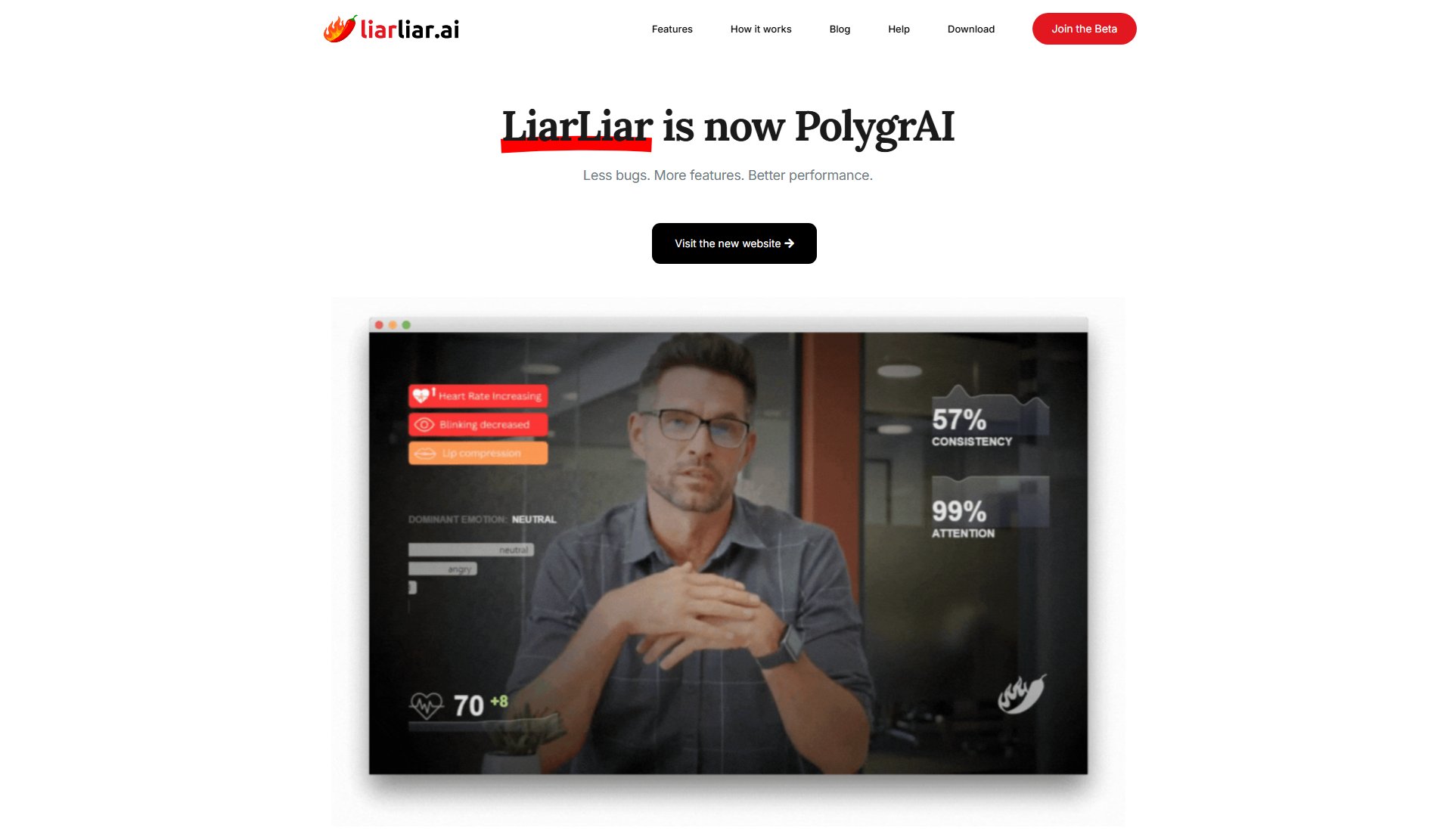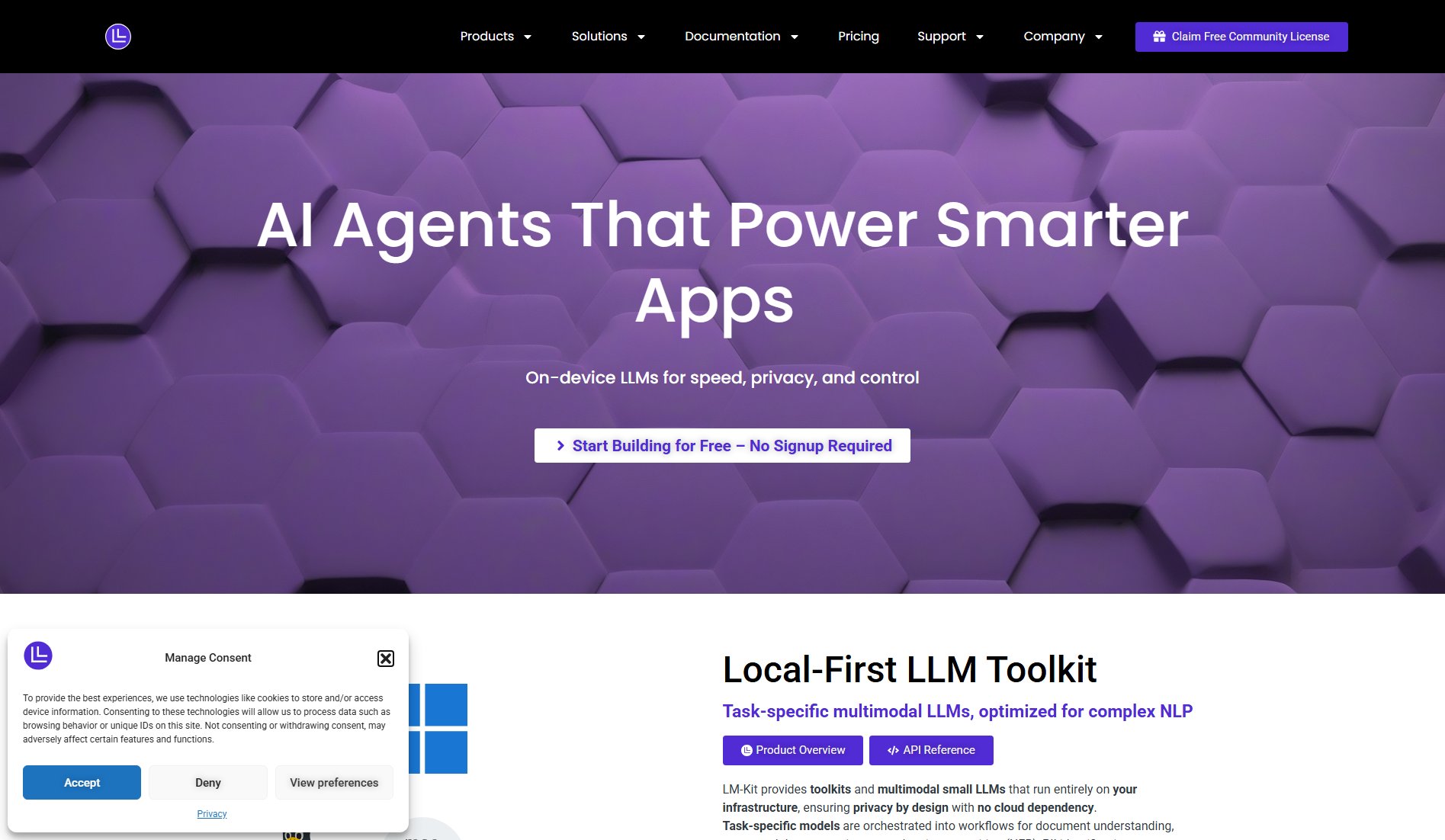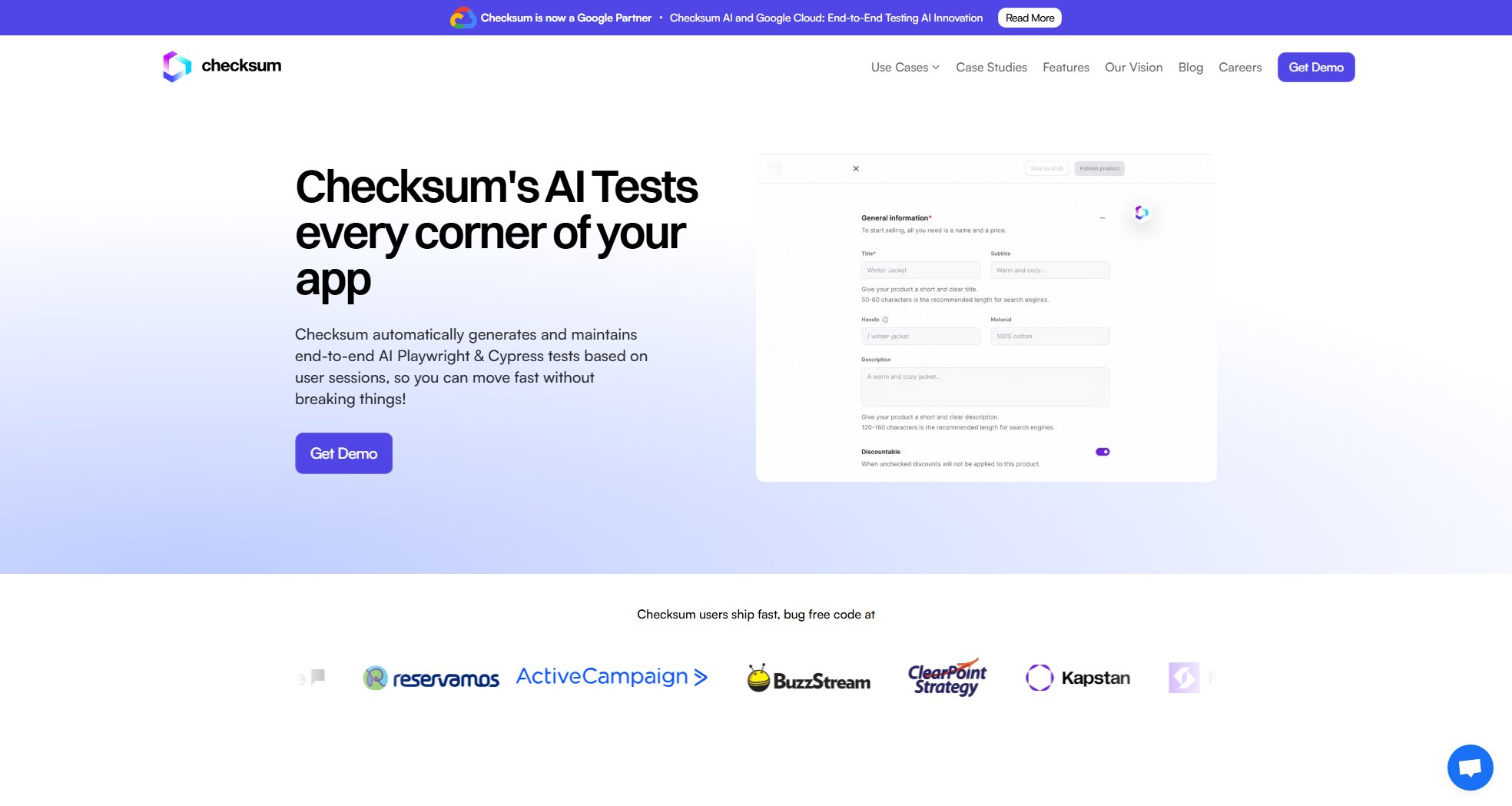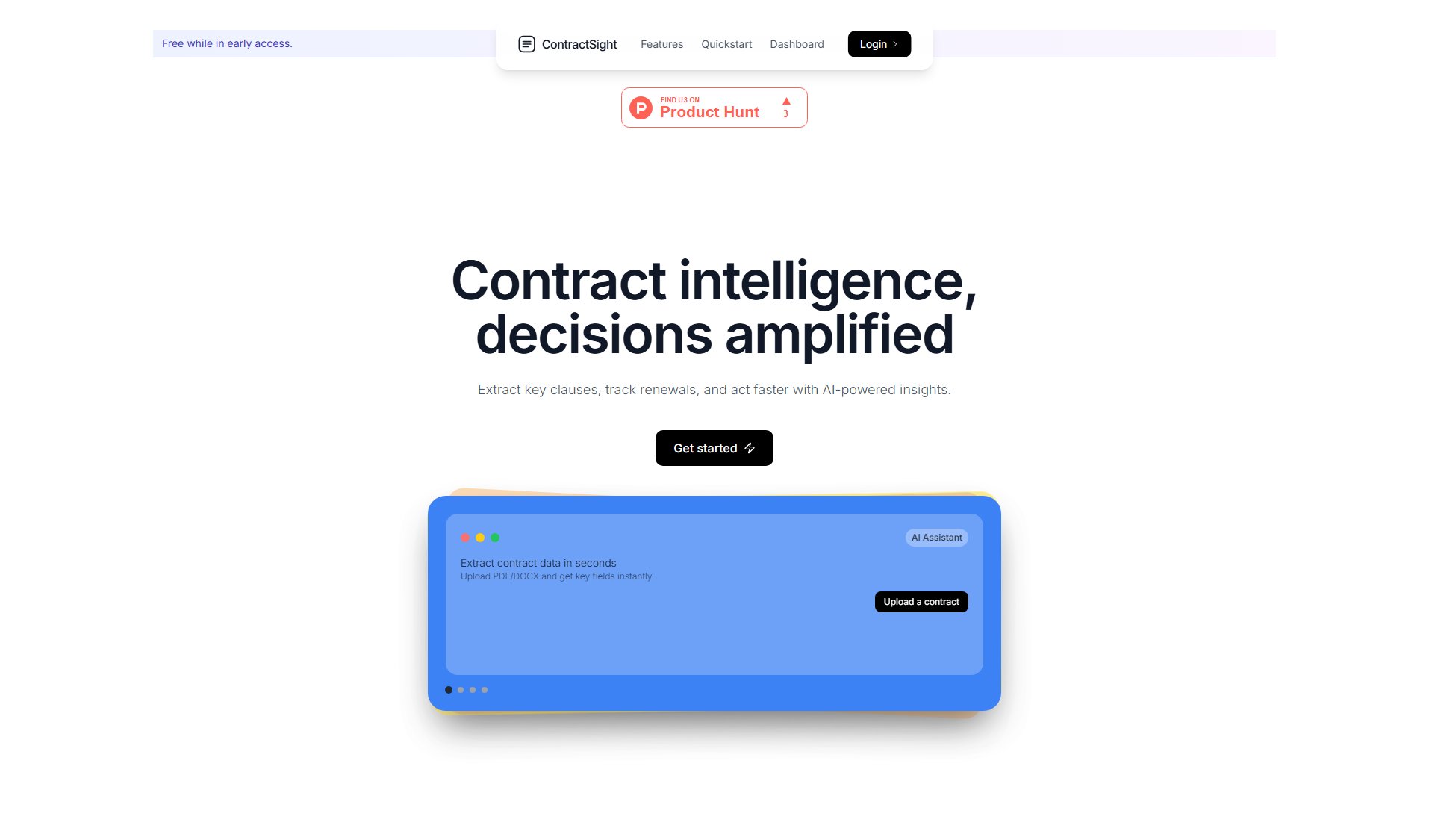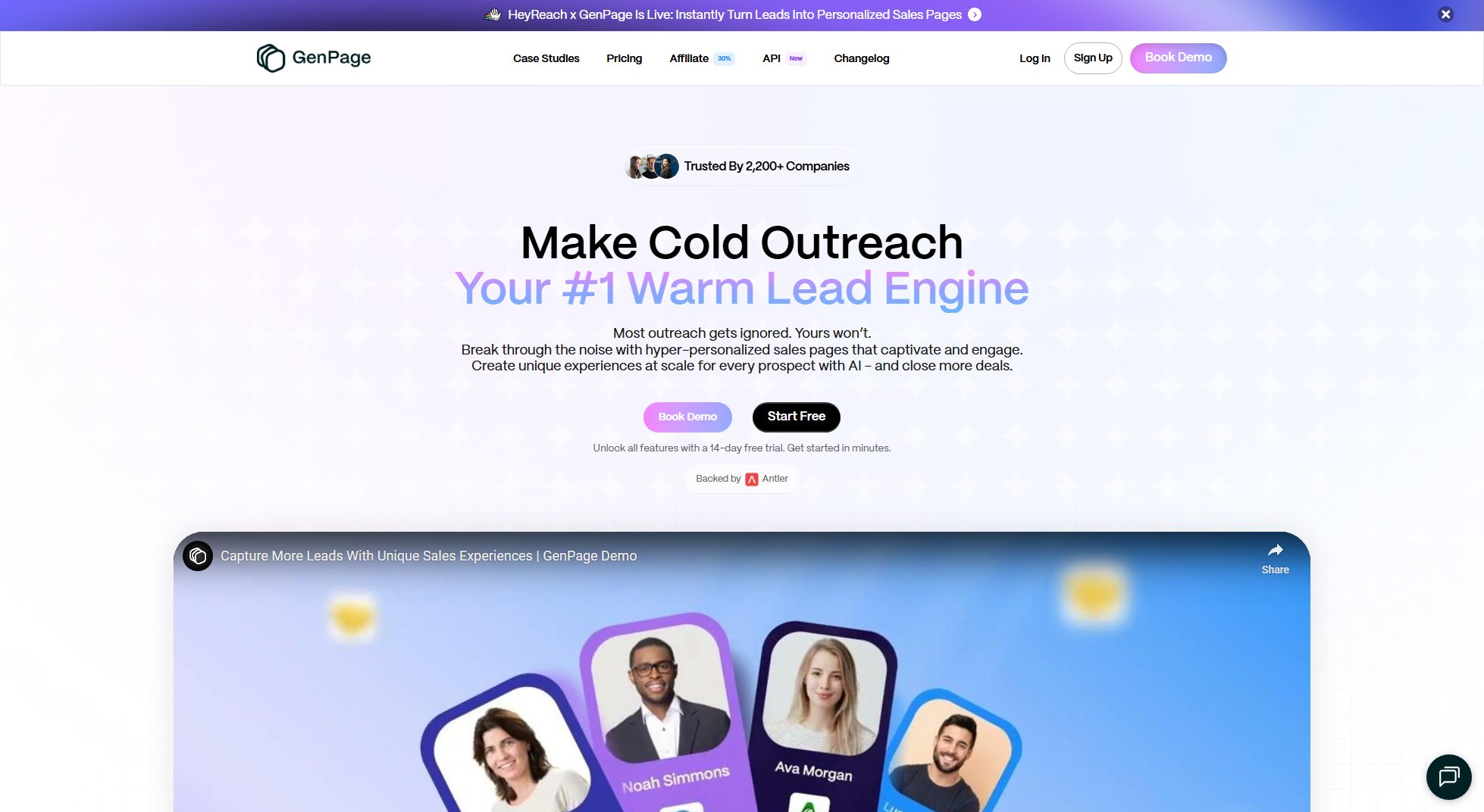Kimi K2
Open-source AI with 1T parameters for agentic intelligence and coding
What is Kimi K2? Complete Overview
Kimi K2 is a groundbreaking mixture-of-experts model developed by MoonshotAI, featuring 1 trillion parameters and a 384-expert architecture. It excels in frontier knowledge, reasoning, and coding tasks with 128K context length support. Designed for autonomous problem-solving, it integrates with external tools and APIs, making it ideal for developers, researchers, and enterprises seeking advanced AI capabilities. Its open-source nature and state-of-the-art performance in benchmarks make it a top choice for complex AI applications.
Kimi K2 Interface & Screenshots
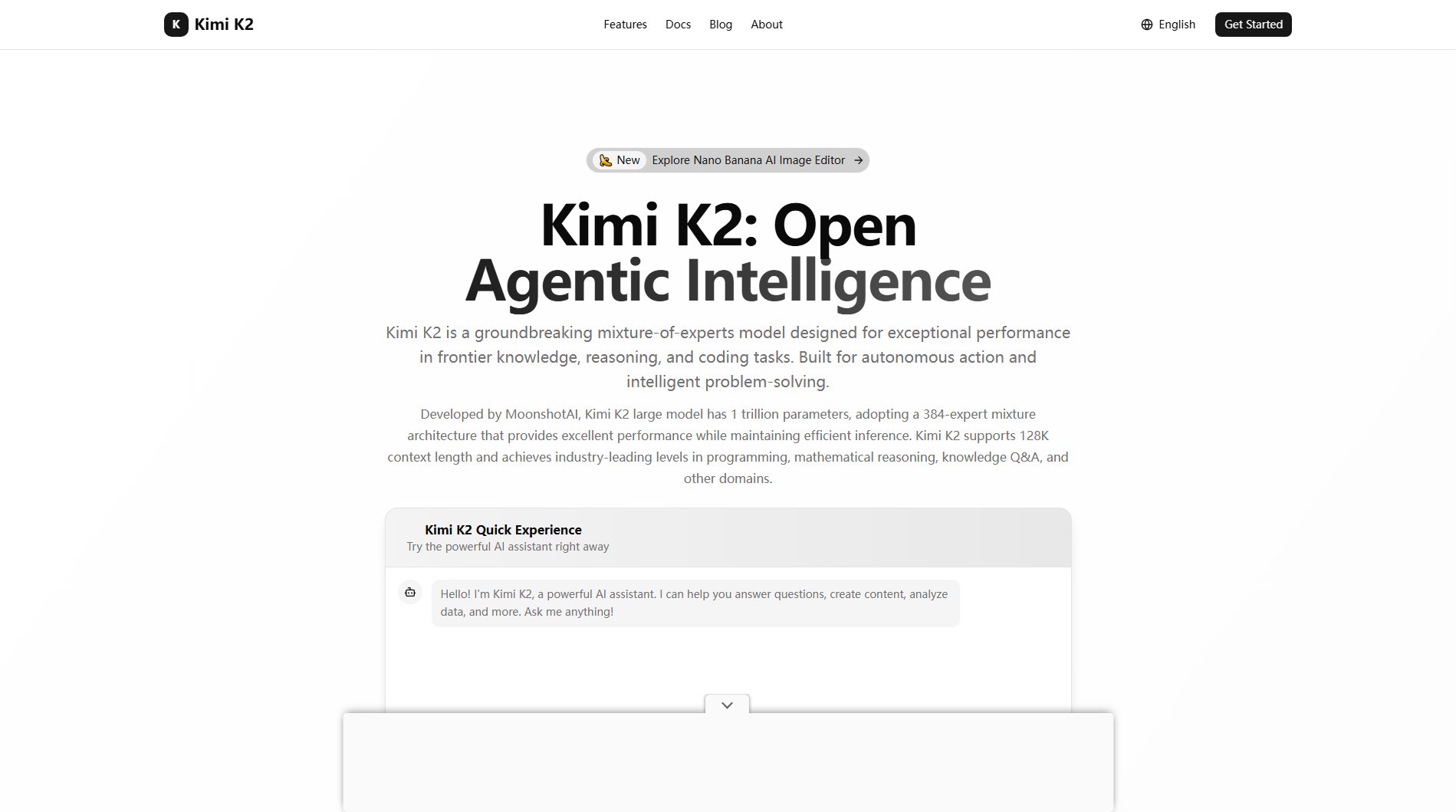
Kimi K2 Official screenshot of the tool interface
What Can Kimi K2 Do? Key Features
Agentic Intelligence
Kimi K2 is designed for autonomous problem-solving and intelligent action, capable of interacting with external tools and APIs to execute complex tasks without human intervention.
Superior Coding
With state-of-the-art performance in coding tasks, Kimi K2 deeply understands programming languages and generates production-ready code consistently.
Advanced Reasoning
The model excels in complex reasoning tasks across various knowledge domains, making it ideal for mathematical and logical problem-solving.
Multilingual Excellence
Kimi K2 communicates effectively across multiple languages with cultural understanding, supporting diverse global applications.
Tool Integration
Seamlessly interacts with external tools and APIs, enhancing its functionality for real-world applications and autonomous task execution.
Open Source
Available as open-source models for both research and commercial use, fostering innovation and widespread adoption.
Large Scale Training
Trained on 15.5 trillion tokens with a sophisticated mixture-of-experts architecture, ensuring robust and efficient performance.
128K Context Length
Supports handling long documents and complex conversations, enabling deeper and more coherent interactions.
Best Kimi K2 Use Cases & Applications
Code Generation and Debugging
Developers can use Kimi K2 to generate high-quality code snippets, debug existing code, and understand complex programming concepts, significantly speeding up the development process.
Mathematical Reasoning
Researchers and students benefit from Kimi K2's advanced reasoning capabilities to solve complex mathematical problems and perform detailed computations.
Long Document Analysis
Businesses and academics can analyze lengthy documents, extract key insights, and summarize content efficiently using the 128K context window.
Intelligent Agent Development
Build autonomous agents that interact with external tools and APIs, enabling sophisticated applications like virtual assistants and automated workflows.
How to Use Kimi K2: Step-by-Step Guide
Visit the Kimi K2 website or download the model from GitHub/HuggingFace to get started with the open-source version.
Set up the necessary environment, ensuring compatibility with OpenAI and Anthropic API standards for seamless integration.
Input your query or task, leveraging the 128K context length for complex and detailed requests.
Utilize the agentic capabilities to interact with external tools and APIs for enhanced functionality and autonomous problem-solving.
Review and refine the outputs, taking advantage of Kimi K2's superior coding and reasoning for optimal results.
Kimi K2 Pros and Cons: Honest Review
Pros
Considerations
Is Kimi K2 Worth It? FAQ & Reviews
Kimi-K2-Base is the foundational model, while Kimi-K2-Instruct is fine-tuned for instruction-following tasks, offering better performance for specific user commands.
Kimi K2 supports a 128K token context window, enabling it to handle long documents and complex conversations effectively.
Yes, Kimi K2 is available as an open-source model for both research and commercial use, accessible via GitHub and HuggingFace.
Yes, Kimi K2 has powerful tool calling and agent capabilities, allowing it to interact with external tools and APIs autonomously.
Kimi K2 offers superior performance in coding and reasoning, 128K context length, and advanced agentic capabilities, setting it apart from traditional models.
